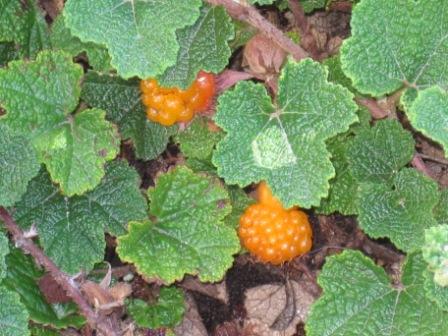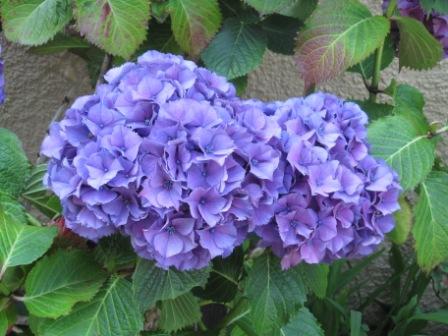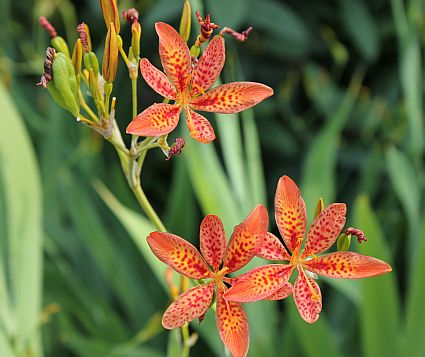One of the advantages of having a couple acres (and not being especially fastidious about weeding) is that sometimes you get your landscape plants for free. I always keep an eye out for interesting plants that may turn up on their own – or a least get left behind by our bird friends. Here are some volunteers that have shown up recently at Daisy Hill farm that I’ll work into the landscape.

Sassafras (Sassafras albidum) are notoriously difficult to transplant. I’ll leave these sassafras volunteers where there are and relocate the shrubs in the bed. I’m looking forward to some awesome fall color in a few years.

The native range of redbud (Cercis canadensis) only extends into the southernmost counties of Michigan but they generally do fine here in the Lansing area (just north of the end of the native range). We have an old redbud in the front of our house so we get volunteers from time to time. This one is on the edge of our patio so it’s easy to keep an eye on. I’ll let it grow on another year or so and then find it home.

Most people probably wouldn’t get too excited about eastern redcedars (Juniperus virginiana) showing up on their own. When I was with the US Forest Service, my grad student and I did research on seed germination of eastern redcedar and Rocky mountain juniper (J. scopulorum). Ironically they can be difficult to grow as seedlings in nurseries because the seed are doubly dormant (they have a tough seed coat that requires scarification and the embryo is dormant and requires cold stratification). I’m planting conifers as a screen on the south side of property. I’ll move these guys and a couple of their friends in the spring.




















